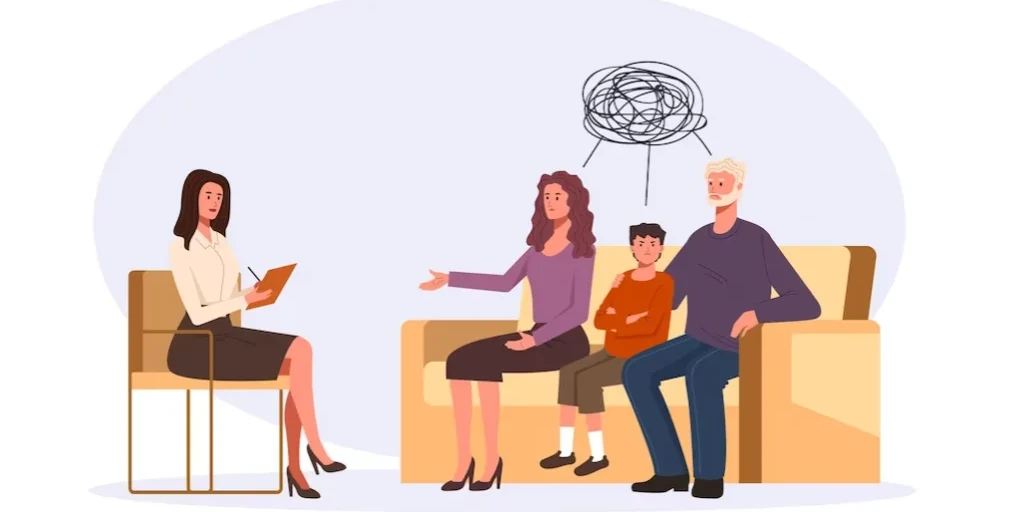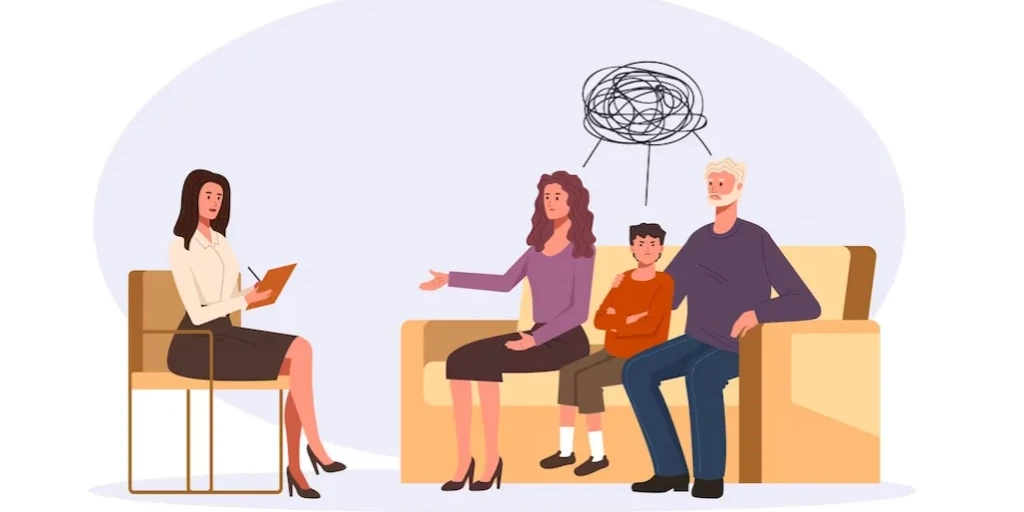24/7 Helpline:
(866) 899-221924/7 Helpline:
(866) 899-2219
Learn more about PTSD Treatment centers in Montana

Other Insurance Options

Anthem

MHNNet Behavioral Health

Lucent

PHCS Network

Health Choice

Premera

Oxford

Cigna

Covered California

UnitedHealth Group

Meritain

Multiplan

Humana

Highmark

Absolute Total Care

EmblemHealth

Providence

United Health Care

State Farm

BlueCross

Behavioral Health – Turning Winds
The Behavioral Health Turning Winds facility in Troy, MT is a CARF-accredited addiction rehab for te...

Rocky Mountain Treatment
Rocky Mountain Treatment is an accredited drug and alcohol addiction treatment center in Great Falls...

Rimrock Foundation
Rimrock Foundation is a dual diagnosis mental health and substance use disorder treatment center loc...

Montana Chemical Dependency Center
Montana Chemical Dependency Center is a residential alcohol and drug treatment facility for men and ...

Helena Valley Addiction Services
Helena Valley Addiction Services (HVAS), situated in Helena, Montana, is a substance abuse rehab ded...

Recovery Centers of Montana
Recovery Centers of Montana in Columbia Falls is a drug and alcohol addiction treatment rehab for me...

Teen Challenge – Missoula Women’s Campus
Teen Challenge Missoula Women’s Campus in Missoula, Montana is a drug and alcohol addiction rehab pr...

Providence Saint Patrick Hospital – Mental Health Services
Providence Saint Patrick Hospital - Mental Health Services is a private hospital located in Missoula...

Eastern Montana Community Mental Health Center
Eastern Montana Mental Health is a counseling clinic located in Miles City, MT. Eastern Montana Ment...

Southwest Chemical Dependency
Southwest Chemical Dependency is a private rehab located in Livingston, MT. Southwest Chemical Depen...

Western Montana Mental Health Center – Beaverhead County
Western Montana Mental Health Center – Beaverhead County is a private rehab located in Dillon, Monta...

Eastern Montana Mental Health
Eastern Montana Mental Health is a private rehab located in Glasgow, Montana. Eastern Montana Mental...

Western Montana Mental Health Center – Lincoln County
Western Montana Mental Health Center – Lincoln County is a private rehab located in Libby, Montana. ...

A Relationship Counseling Center
A Relationship Counseling Center is a private rehab located in Billings, Montana. A Relationship Cou...

Missoula Addiction Services
Missoula Addiction Services is a private rehab located in Missoula, Montana. Missoula Addiction Serv...

Ideal Option Missoula
Ideal Option is a substance abuse treatment center located in Missoula, MT. The center prides itself...

St. Patrick Hospital – Urgent Mental Health
Providence St. Patrick Hospital in Missoula, Montana, features a neurobehavioral medicine department...

Western Montana Mental Health Center – Adult
Western Montana Mental Health Center – Adult is a private rehab located in Kalispell, Montana. Weste...

Sunburst Mental Health Services
Sunburst Mental Health Services, based in Kalispell, MT, is a recognized healthcare center and drug ...

Pathways Treatment Center
Logan Health Medical Center, located in Kalispell, Montana, is an acute care regional referral cente...

AWARE
AWARE is a private rehab located in Great Falls, Montana. AWARE specializes in the treatment of dual...

Choices for Change
Choices for Change is a private rehab located in Superior, Montana. Choices for Change specializes i...

AWARE
AWARE is a private rehab located in Bozeman, Montana. AWARE specializes in the treatment of dual dia...

Gateway Community Services
Gateway Community Services is located in Great Falls, Montana. Gateway Community Services is a priva...

Western Montana Mental Health Center – Psychiatric Services – West Park Street
Western Montana Mental Health Center – Psychiatric Services – West Park Street is a private rehab lo...

Eastern Montana Mental Health
Eastern Montana Mental Health is a private rehab located in Plentywood, Montana. Eastern Montana Men...

Western Montana Mental Health Center – Riverfront Center
Western Montana Mental Health Center – Riverfront Center is a private rehab located in Hamilton, Mon...

Western Montana Mental Health Center – Stillwater Therapeutic Services
Western Montana Mental Health Center – Stillwater Therapeutic Services is a private rehab located in...

Northern Cheyenne Recovery Center
Northern Cheyenne Recovery Center is a public rehab located in Lame Deer, Montana. Northern Cheyenne...

Big Timber Mental Health Center Office
Big Timber Mental Health Center Office is a private rehab located in Big Timber, Montana. Big Timber...

AWARE
AWARE is a private rehab located in Helena, Montana. AWARE specializes in the treatment of dual diag...

New Day Ranch – Mental Health Day Treatment Center
New Day Ranch – Mental Health Day Treatment Center is a private rehab located in Billings, Montana. ...

Western Montana Mental Health Center – Hays Morris House
Western Montana Mental Health Center (WMMHC) is a leading behavioral health addiction treatment cent...

Mental Health Center
Mental Health Center is located in Billings, Montana. Mental Health Center manages issues of stress,...

Mental Health Center – Red Lodge Mental Health Center
Mental Health Center – Red Lodge Mental Health Center is a private rehab located in Red Lodge, Monta...

Western Montana Mental Health Center – Adult
Western Montana Mental Health Center – Adult is a private rehab located in Missoula, Montana. Wester...

Western Montana Addiction Services – Adolescent Program
Western Montana Addiction Services – Adolescent Program is a private rehab located in Missoula, Mont...

Columbus Mental Health Center
Columbus Mental Health Center is a private rehab located in Columbus, Montana. Columbus Mental Healt...

Eastern Montana Mental Health
Eastern Montana Mental Health is a private rehab located in Forsyth, Montana. Eastern Montana Mental...

Intermountain – Outpatient
Intermountain – Outpatient is a private rehab located in Helena, Montana. Intermountain – Outpatient...

AWARE
AWARE is a private rehab located in Billings, Montana. AWARE specializes in the treatment of dual di...

Dickerson Counseling
Dickerson Counseling is located in Kalispell, Montana. Dickerson Counseling provides strength based ...

Hope Center Ministries – Helena Women’s Center
Hope Center Ministries - Women's Center is a rehab facility, specializes in the treatment of alcohol...

NEXUS Treatment Center
NEXUS Treatment Center is an 80-bed methamphetamine treatment facility for adult male offenders. NEX...

Northwest Counseling Center
Northwest Counseling Associates is a counseling clinic located in Billings, MT. Northwest Counseling...

Chrysalis
Chrysalis is a private rehab located in Eureka, Montana. Chrysalis specializes in the treatment of M...

Great Falls Rescue Mission – Hope for Men
Great Falls Rescue Mission - Hope for Men offers help men that are struggling with substance abuse, ...

Western Montana Mental Health Center – Adult
Western Montana Mental Health Center – Adult is a private rehab located in Butte, Montana. Western M...

Community Medical Services
Community Medical Services is a private rehab located in Billings, MT. Community Medical Services sp...












































































































































































































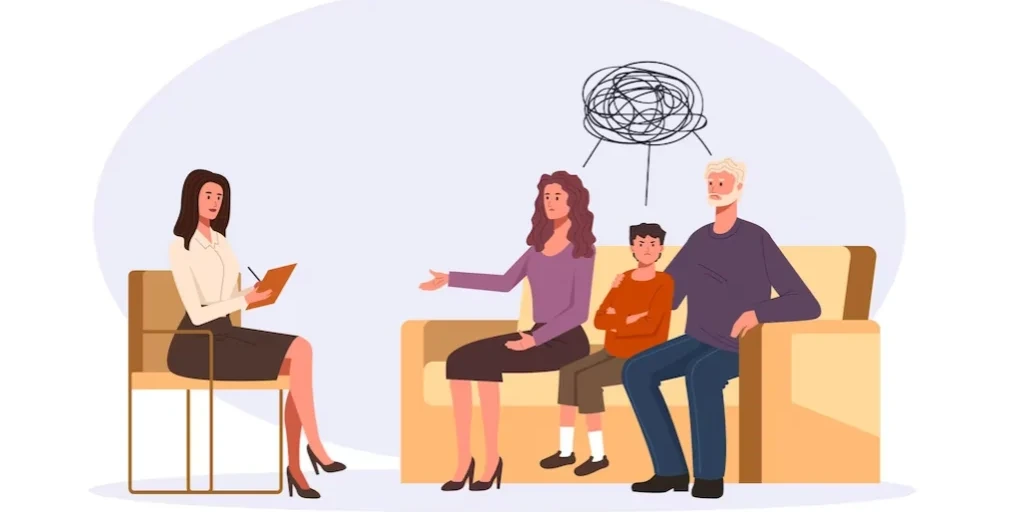
























































































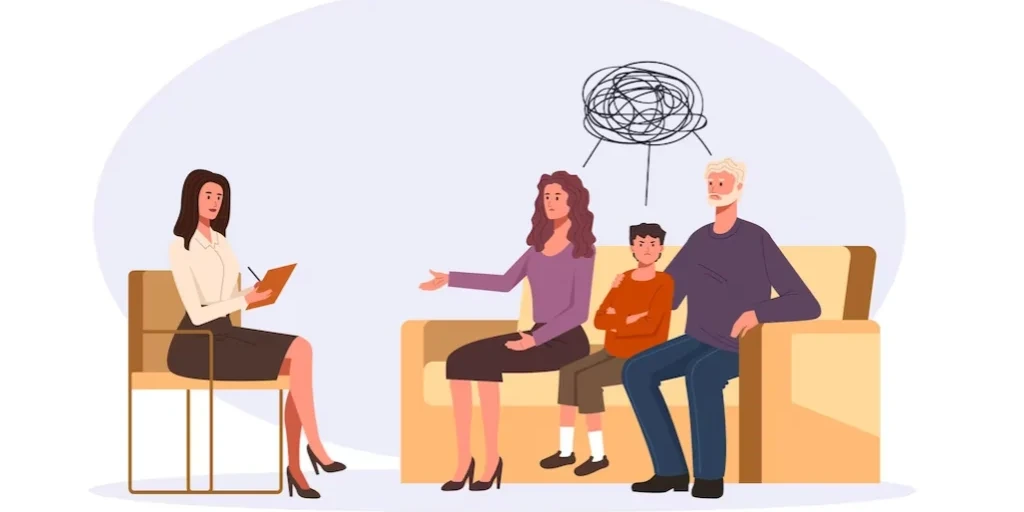





































































Bicycle Health – Montana
Bicycle Health - Montana is an online Medication Assisted Treatment Program. Bicycle Health - Montan...

Ideal Option
IDEA is a drug and alcohol rehab that supports adults (18+) struggling with addiction. Located in Au...

Certified Counseling Service
Certified Counseling Service is a private rehab located in Missoula, Montana. Certified Counseling S...

Saint Vincent Physician Network – Behavioral Health
Saint Vincent Physician Network – Behavioral Health is a private rehab located in Billings, Montana....

AA – Alcoholics Anonymous – North Orange Street
AA – Alcoholics Anonymous – North Orange Street is a non-profit rehab located in Missoula, Montana. ...

Western Montana Mental Health Center – Sanders County
Western Montana Mental Health Center – Sanders County is a private rehab located in Thompson Falls, ...

Crow Nation Recovery Center
Crow Nation Recovery Center is a public rehab located in Crow Agency, Montana. Crow Nation Recovery ...

Adolescent Resource Center
Adolescent Resource Center is a private rehab located in Bozeman, Montana. Adolescent Resource Cente...

Center for Mental Health
Center for Mental Health is a private rehab located in Helena, Montana. Center for Mental Health spe...

Western Montana Mental Health Center – Lake County Addiction Services
Western Montana Mental Health Center – Lake County Addiction Services is a private rehab located in ...

AA – Alcoholics Anonymous – Gallatin Avenue
AA – Alcoholics Anonymous – Gallatin Avenue is a non-profit rehab located in Helena, Montana. AA – A...

Eastern Montana Mental Health – Glendive
Eastern Montana Mental Health – Glendive is a private rehab located in Glendive, Montana. Eastern Mo...

Spotted Bull Recovery Resource Center
Spotted Bull Recovery Resource Center is a public rehab located in Poplar, Montana. Spotted Bull Rec...

AA – Alcoholics Anonymous – East Lyndale Avenue
AA – Alcoholics Anonymous – East Lyndale Avenue is a non-profit rehab located in Helena, Montana. AA...

Associates in Counseling
Associates in Counseling is an outpatient rehab located in Billings, MT. Associates in Counseling sp...

Crawford Rehabilitation Services
Crawford Rehabilitation Services is a private rehab located in Missoula, Montana. Crawford Rehabilit...

Eastern Montana Mental Health – Sidney
Eastern Montana Mental Health – Sidney is a private rehab located in Sidney, Montana. Eastern Montan...

Conrad Center for Mental Health
Conrad Center for Mental Health is a private rehab located in Conrad, Montana. Conrad Center for Men...

Western Montana Mental Health Center
Western Montana Mental Health Center is a private rehab located in Polson, Montana. Western Montana ...

New Choices
New Choices is a residential program for adolescents. For over 40 years, Rimrock has been the leadin...

Eastern Montana Mental Health
Eastern Montana Mental Health is a private rehab located in Broadus, Montana. Eastern Montana Mental...

AWARE
AWARE is a non-profit rehab located in Butte, Montana. AWARE specializes in the treatment of Mental ...

Center for Mental Health
Center for Mental Health is a private rehab located in Choteau, Montana. Center for Mental Health sp...
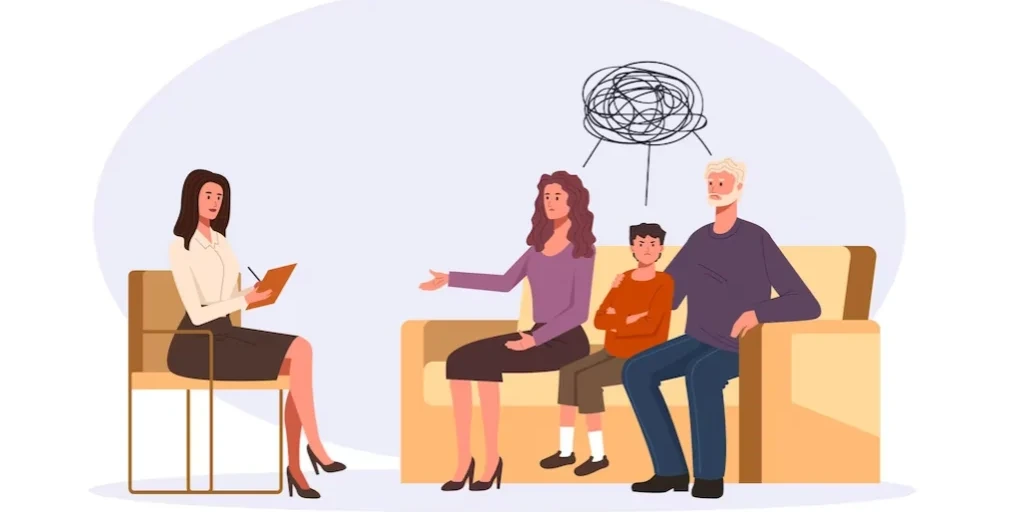
AA – Alcoholics Anonymous – 1st Avenue North
AA – Alcoholics Anonymous – 1st Avenue North is a non-profit rehab located in Great Falls, Montana. ...

Eastern Montana Mental Health
Eastern Montana Mental Health is a private rehab located in Baker, Montana. Eastern Montana Mental H...

Wilderness Treatment
Wilderness Treatment Center is located in Marion, Montana. Wilderness Treatment is a family owned, 6...

Western Montana Mental Health Center – Addiction Services
Western Montana Mental Health Center – Addiction Services is a private rehab located in Hamilton, Mo...

AA – Alcoholics Anonymous
AA – Alcoholics Anonymous is a non-profit rehab located in Bozeman, Montana. AA – Alcoholics Anonymo...

Western Montana Mental Health Center – Sinopah House
Western Montana Mental Health Center – Sinopah House is a private rehab located in Kalispell, Montan...

Cut Bank Center for Mental Health
Cut Bank Center for Mental Health is a private rehab located in Cut Bank, Montana. Cut Bank Center f...

Flathead Valley Chemical Dependency Clinic
Flathead Valley Chemical Dependency Clinic provides intensive outpatient and traditional outpatient ...

Havre Center for Mental Health
Havre Center for Mental Health is a private rehab located in Havre, Montana. Havre Center for Mental...

Deaconess Hospital – Rehabilitation Services
Deaconess Hospital – Rehabilitation Services is a private rehab located in Billings, Montana. Deacon...

Sunburst Mental Health Services
Sunburst Mental Health Services is a private rehab located in Polson, Montana. Sunburst Mental Healt...

Eastern Montana Mental Health – Colstrip
Eastern Montana Mental Health – Colstrip is a private rehab located in Colstrip, Montana. Eastern Mo...

Boyd Andrew Community Services
Boyd Andrew Community Services is a private rehab located in Boulder, Montana. Boyd Andrew Community...
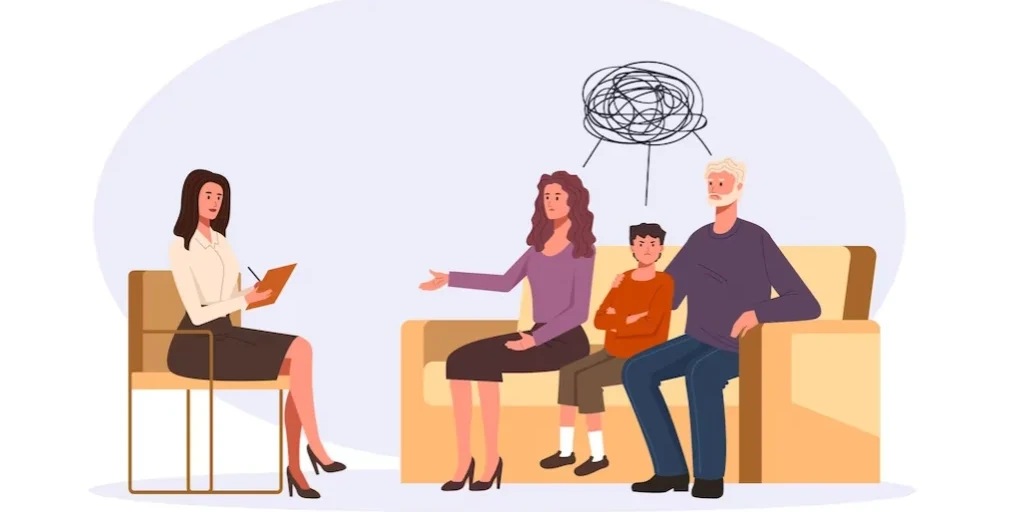
Coral Reef Addiction Services
Coral Reef Addiction Services, located in Billings, Montana, offers mental health treatment and beha...

Crawford Rehabilitation Services
Crawford Rehabilitation Services is a private rehab located in Helena, Montana. Crawford Rehabilitat...

Eastern Montana Mental Health
Eastern Montana Mental Health is a private rehab located in Wolf Point, Montana. Eastern Montana Men...

Mountain Peaks
Mountain Peaks is a private rehab located in Billings, Montana. Mountain Peaks specializes in the tr...

AWARE
AWARE is a private rehab located in Kalispell, Montana. AWARE specializes in the treatment of dual d...

Boyd Andrew Community Services
Boyd Andrew Community Services is a private rehab located in Townsend, Montana. Boyd Andrew Communit...

White Sky Hope Center
White Sky Hope Center is a private rehab located in Box Elder, Montana. White Sky Hope Center specia...

Community Counseling Services
Community Counseling Services is a private rehab located in Bozeman, Montana. Community Counseling S...

Montana Assistance Program
Montana Assistance Program is a private rehab located in Missoula, Montana. Montana Assistance Progr...

Community Crisis Center
Community Crisis Center is a private rehab located in Billings, Montana. Community Crisis Center spe...

Acadia Montana Treatment Center
Acadia Montana Treatment Center is a private rehab located in Butte, MT. Acadia Montana Treatment Ce...

Cascade Rehabilitation Managemant
Cascade Rehabilitation Managemant is a private rehab located in Missoula, Montana. Cascade Rehabilit...

Alcohol and Drug Services – Gallatin County
Alcohol and Drug Services Gallatin County (ADSGC) is a trusted drug and alcohol addiction rehabilita...

Choteau Center for Mental Health
Choteau Center for Mental Health is a private rehab located in Choteau, Montana. Choteau Center for ...

Western Montana Mental Health Center – Deer Lodge County
Western Montana Mental Health Center – Deer Lodge County is a private rehab located in Anaconda, Mon...

Sunburst Mental Health Services
Sunburst Mental Health Services is a private rehab located in Saint Ignatius, Montana. Sunburst Ment...

Genesis Counseling
Genesis Counseling is an outpatient rehab located in Helena, MT. Genesis Counseling specializes in t...

Butte Silver Bow Chemical
Butte Silver Bow Chemical is a private rehab located in Butte, Montana. Butte Silver Bow Chemical sp...

Center for Mental Health
Center for Mental Health is a private rehab located in Shelby, MT. Center for Mental Health speciali...

Flathead Valley Chemical Dependency Clinic
Flathead Valley Chemical Dependency Clinic provides intensive outpatient and traditional outpatient ...

Alternative Youth Care
Alternative Youth Care is a private rehab located in Kalispell, Montana. Alternative Youth Care spec...

AWARE
AWARE is a private rehab located in Missoula, Montana. AWARE specializes in the treatment of dual di...

District II – Alcohol and Drug Program
District II – Alcohol and Drug Program is a private rehab located in Glendive, Montana. District II ...

Boyd Andrew Community Services – Elkhorn Treatment Center
Boyd Andrew Community Services - Elkhorn Treatment Center is a correctional facility rehab located i...

Board Certified Rehabilitation
Board Certified Rehabilitation is a private rehab located in Missoula, Montana. Board Certified Reha...

Eastern Montana Mental Health – Terry
Eastern Montana Mental Health – Terry is a private rehab located in Terry, Montana. Eastern Montana ...

Recovery Center Missoula
Recovery Center Missoula is a drug and alcohol rehab located in Missoula, Montana for adults. It off...

Western Montana Mental Health Center – Gallatin County
Western Montana Mental Health Center – Gallatin County is a private rehab located in Bozeman, Montan...

Community Care – Insight
Community Care – Insight is a private rehab located in Missoula, Montana. Community Care – Insight s...

Red Lodge Mental Health and Addiction Office
Red Lodge Mental Health and Addiction Office is a private rehab located in Red Lodge, Montana. Red L...

Lake County Chemical Dependency
Lake County Chemical Dependency is a private rehab located in Polson, Montana. Lake County Chemical ...

Hi Line Recovery
Hi Line Recovery is a private rehab located in Havre, Montana. Hi Line Recovery specializes in the t...

Turning D Ranch
Turning D Ranch is a private rehab located in Thompson Falls, Montana. Turning D Ranch specializes i...

Western Montana Mental Health Center – Share House
Western Montana Mental Health Center – Share House is a private rehab located in Missoula, Montana. ...

Western Montana Mental Health Center
Western Montana Mental Health Center is a private rehab located in Ronan, Montana. Western Montana M...

Eastern Montana Mental Health – Wibaux
Eastern Montana Mental Health – Wibaux is a private rehab located in Wibaux, Montana. Eastern Montan...

Silver Leaf
Silver Leaf is a private rehab located in Billings, Montana. Silver Leaf specializes in the treatmen...

New Horizon Recovery
New Horizon Recovery is a private rehab located in Fort Benton, Montana. New Horizon Recovery specia...

Acupuncture Detox & Stress Reduction Clinic
Acupuncture Detox & Stress Reduction Clinic is a private rehab located in Missoula, Montana. Acupunc...

3 Rivers Mental Health Solutions
3 Rivers Mental Health Solutions is a private rehab located in Missoula, MT. 3 Rivers Mental Health ...

Full Circle Counseling Solutions
Full Circle Counseling Solutions is a private rehab located in Missoula, Montana. Full Circle Counse...

Tribal Health Alcoholism
Tribal Health Alcoholism is a private rehab located in Polson, Montana. Tribal Health Alcoholism spe...

Indian Health Substance Abuse Program
Indian Health Substance Abuse Program is a private rehab located in Billings, Montana. Indian Health...

Fort Belknap Chemical Dependency Program
Fort Belknap Chemical Dependency Program is a public rehab located in Harlem, Montana. Fort Belknap ...

South Central Montana Regional Mental Health Center
South Central Montana Regional Mental Health Center is a private rehab located in Lewistown, Montana...

Alano Club
Alano Club is a non-profit rehab located in Kalispell, Montana. Alano Club specializes in the treatm...

Teen Challange
Teen Challange is a private rehab located in Missoula, Montana. Teen Challange specializes in the tr...

Bozeman Deaconess Rehabilitation Services
Bozeman Deaconess Rehabilitation Services is a private rehab located in Bozeman, Montana. Bozeman De...

Eastern Montana Mental Health
Eastern Montana Mental Health is a private rehab located in Jordan, Montana. Eastern Montana Mental ...

Park County Mental Health Center
Park County Mental Health Center is a private rehab located in Livingston, Montana. Park County Ment...

Opening Doors
Opening Doors is a counseling clinic located in Great Falls, MT. Opening Doors specializes in the tr...

Roundup Satellite Mental Health Center
Roundup Satellite Mental Health Center is a private rehab located in Roundup, Montana. Roundup Satel...

Montana Mental Health Center
Montana Mental Health Center is a public rehab located in Lewistown, MT. Montana Mental Health Cente...

Flathead Valley Chemical Dependency Clinic
Flathead Valley Chemical Dependency Clinic provides intensive outpatient and traditional outpatient ...

Crystal Creek Lodge Treatment Center
Crystal Creek Lodge Treatment Center is a dual diagnosis substance use disorder facility in Browning...

Hope for Men
Hope for Men is a traditional rehab located in Great Falls, MT. Hope for Men specializes in the trea...

Montana Rescue Mission
Montana Rescue Mission is a non-profit organization located in Helena, MT. Montana Rescue Mission pr...




































































































